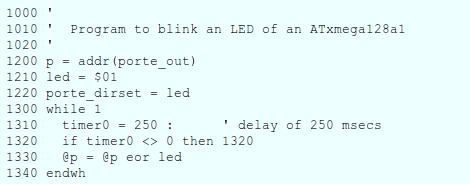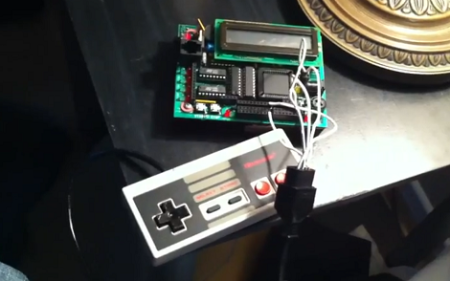
klBASIC is a BASIC interpreter written in C for AVR microcontrollers. [Karl Lunt] developed the project based on an assembly language BASIC interpreter for 68HC11 chips written by [Gordon Doughman]. The transition from assembly to C bulked up the code, so you’ll need a beefy AVR chip in order to store all of it.
The idea is that one AVR chip can run BASIC with just a serial monitor. But like this Arduino BASIC interpreter build, it would be a snap to run this with a keyboard and small LCD screen. We see binaries available for several different AVR devices including ATmega128, ATmega1284, and Xmega128. They range from 1.5k to 16k of program memory. We didn’t find a link to the source code (just these precompiled files) so we inquired with [Karl] to see if that is available. He’s reluctant to release the code because it’s “pretty much a mess” and doesn’t live up to his normal standards. If he codes for a living we can see how that may be embarrassing. If you’d like to lend a hand cleaning up the code, let him know by leaving a comment here and maybe he’ll release it for that purpose.
We find this interesting, but it’s tough to get excited about building one of our own. If this has inspired you, we’d love to hear some of your plans in the comments after the break. Perhaps we’d be prodded into another programming adventure based on your enthusiasm.










